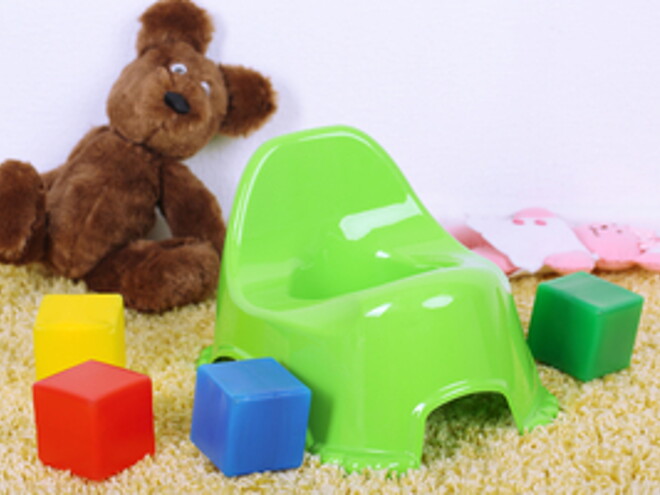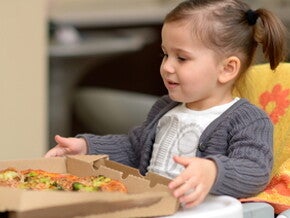
Infant Potty Training
How To Potty Train Your Child?
IMPORTANT NOTICE: The World Health Organization (WHO) recommends exclusive breastfeeding for the first 6 months and continued breastfeeding for as long as possible. Growing up milks are formulated to meet nutrition needs of healthy young children older than 1 year and should not be fed to infants.
Potty training or toilet training is one of the basic development milestones of childhood, and achieving this milestone does not hinge on a specific age group but on a child’s mental and physiological readiness to learn a new skill and move from wearing diapers to using the toilet.
Usually, a child shows signs of toilet readiness anytime between 18 and 32 months of age. Here are the top 6 signs:
- Complaining about wet or dirty diaper and wanting to change right away.
- Staying dry throughout the night and for many hours during the day.
- Telling his mother when he needs to go.
- Pooping and peeing at particular times, like in the morning, after meals and before bed, etc.
- Being able to take off his clothes without any help.
- Understanding the concept of using the toilet and following his parents to the bathroom.
So, keep on observing your child and whenever you notice some of the aforementioned signals, don’t hesitate to try potty train him. For a successful potty-training, we advise you to go by the general instructions below:
- Explain to your toddler in a simplified way the benefits behind using the toilet: “wearing underwear is a fun thing!” “Soon you will be able to use the flusher just like me!”
But don’t talk bad about pooping in the diaper and don’t make fun of your baby’s childish habits, as this may result in an adverse reaction or resistance.
- Make sure you use adult words to talk about toilet, for childish words may be embarrassing to your kid when he grows up. Try your best to convince your bundle of joy that potty training is a normal phase but surely “not disgusting”.
- Make sure that your kid’s potty training is associated with words of encouragement that will push him towards other mature behaviors, like drinking from the cup and sharing toys with a friend, etc.
- Get yourself a potty training book and try to read it with your kid. By doing so, your bundle of joy will get to know other children who got potty-trained before him, and he will feel comforted.
- Try to explain to your kid how to use the toilet by doing the steps in front of him. But if you’re not comfortable with this way of explanation, just ignore the advice and go on to the next.
- Buy your child a special dummy and ask him to teach it how to use the toilet. In this way, he will be more able to control the course of his own training.
- Help your child recognize his body’s urges to use the toilet, like bloating for instance, and then agree with him on a word he uses whenever he feels the need to go.
- Sit beside your child during the training and make sure you distract him so we won’t get bored.
- If your child has difficulty using the special toilet chair, do not hesitate to get him a potty.
With all these steps, don’t think that the training is going to be a piece of cake, as getting a child to master the art of using the toilet and cleaning himself takes time and lots of patience.
So be for it and be ready for the troubles and accidents you might encounter during your journey, so you will be able to handle them quietly and with least damage and embarrassment to your kid.
Read More: Important Toddler Milestones




















